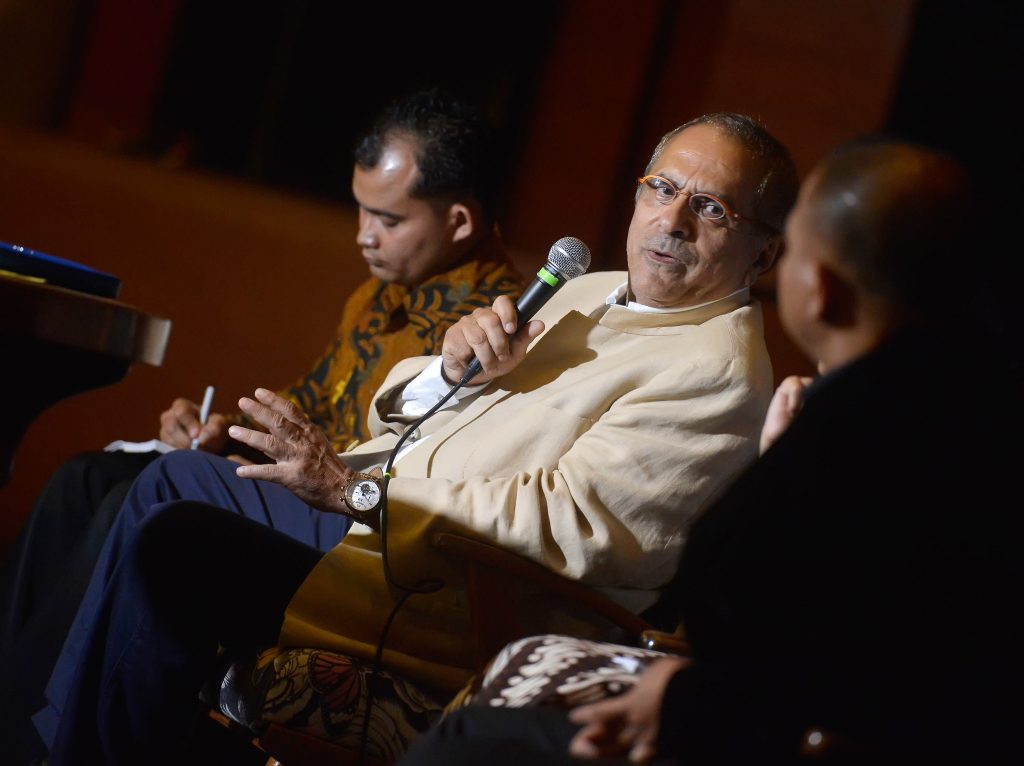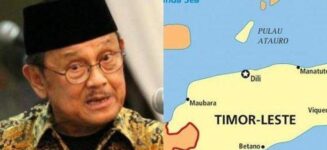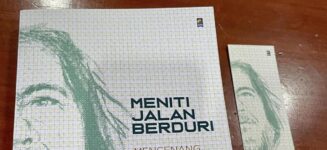Many nations engaged in a bloody war before they achieved freedom. Few, however, went through it only to be suppressed days later and arise with great determination to fight and achieve it again.
East Timor, now Timor Leste, did it. And it did it almost twice.
The former Portuguese colony proclaimed its independence on Nov. 30, 1975, at 10 p.m., only to be invaded 144 hours later, yet restored it after 24 years of war, occupation and struggle.
On that very day when independence was declared, “I kept my eyes looking toward the sea and my ears toward the air [because] who knows, the Indonesian army might come and attack us,” then-president Francisco Xavier do Amaral told me in 1995.
Indonesia, too, has gone through a similar course of events. It took momentous decades and struggle to achieve independence, and declared it in 1945 only to face a Dutch attempt to recolonize the country.
However, when the people of East Timor voted in a United Nations-held independence referendum on Aug. 30, 1999, they faced a wave of violence — much of which I witnessed. Like the 1975 invasion, it is a violation of the historic Asia-African solidarity born in the Bandung conference in 1955. The nation almost lost its freedom as the Indonesian army-trained militias kept threatening them.
A number of events — against the backdrop of international criticism, economic and trade sanctions — resulted in the referendum.
One was then-South African president Nelson Mandela meeting the imprisoned Timorese guerilla leader Kay Rala Xanana Gusmao in Jakarta in 1997. In a meeting with then-president Soeharto, Mandela praised Gusmao whose struggle as a freedom fighter he said was equal to his own. Second was Soeharto’s visit to Germany in 1995.
Both, not to speak of the Nobel Peace Prize being awarded to Bishop Carlos Felipe Ximenes Belo and former East Timor president Jose Ramos-Horta in 1996, cornered Soeharto’s Indonesia and accelerated the process toward resolving the issue.
When former vice president BJ Habibie accompanied Soeharto on a visit to the Zwinger Museum in Dresden, Germany, he was shocked as they were awaited and hit with newspaper rolls by Timorese protesters. For the first time, Indonesia’s state dignitaries were publicly humiliated by being physically attacked. The shock must have run deep. It sent them a message of warning of the consequences of Indonesia’s oppressive policy toward its tiny neighbor.
Amid the growing worry among the political class, president BJ Habibie’s later decision to allow the United Nations to hold a referendum was little surprise.
Public enthusiasm was felt and visible as I arrived in Dili in mid-August 1999 — though expressed with silent worries. Military vehicles carrying militias or distributing food were seen on the streets.
The UN agreement states that while it organizes the plebiscite, the responsibility for the security remains Indonesia’s. The presence of hundreds of international officials, NGO observers and media during the referendum was absolutely unexpected.
It has been suggested, given Indonesia’s history since 1965, had there not been so many of them, the scale of violence could have been much greater.
Let’s recall the dramatic day of Sept. 4, 1999, when the UN announced the proindependence victory.
Within a few hours, fear pervaded society as the euphoric and joyful morning at Dili’s Mahkota Hotel (now Hotel Timor), where people flocked to listen to then-UN chief Kofi Annan’s statement, changed to fear.
People immediately went into hiding. Shots were heard and tension increased. Dili turned into a dead city. Fearing the occupying army, people fled eastward.
Many did it immediately after casting their ballots. It’s a repeat of what happened during the invasion and the Matebian war in the 1970s, but now they were doing it amid victorious euphoria in response to threat and oppression.
That was East Timor’s “Year Zero” as the persecution, attacks, killings, infernos, destruction and deportation had just begun.
Journalists, too, risked their lives: Agus Muliawan and Sander Thoenes were brutally killed. The car that brought me with Asian journalists to Liquica near Dili was threatened.
Meanwhile, Indonesian officials and Jakarta-based media were instructed by the military headquarters to leave the country before Sept. 4, indicating that the Army planned to instigate mayhem.
I was warned by the Australian professor Herbert Feith, who observed Australia’s military preparation and who left Dili a week earlier, which enabled me to take his seat and flew to Denpasar on Sept. 6.
A few weeks later I met Ramos-Horta in Geneva and told him that military chief Gen. Wiranto called the proindependence and prointegration camps to meet and reconcile. Ramos-Horta responded aptly: “Gen. Wiranto is like Jack the Ripper calling all the women he raped to reconcile.”
Occupied East Timor is a case where the military wanted to reign almost absolutely, harsher than at home, yet only Soeharto could decide the nation’s fate. Hence, his able and eloquent foreign minister Ali Alatas — who coined the famous term likening East Timor to “a pebble in [Indonesia’s] shoe”, belittling yet acknowledging the problem — could hardly be more than pembantu presiden (presidential aide).
The Aug. 30 referendum was a reminder of how two neighboring nations could suffer under autocratic rule amid the Cold War, but it also strengthened their determination and potential. I watched locals rejoicing on voting day, dressed beautifully with tais (Timorese cloth) as if they were to celebrate a great party, yet also preparing themselves for possible threats to their lives.
The struggle against occupation in Matebian and Ramelau mountains that took hundreds of thousands of lives in the 1970s and 1980s, the 1,300 deaths due to militia violence from May to September 1999, the hundreds of thousands deported to West Timor as the capital Dili was destroyed — all these have now become a legacy that has turned into people’s political capital, cementing great pride and strength of people’s determination to gain and defend their freedom.
The Aug. 30 referendum is a big door, an investment for the new nation-state of Timor Leste. A historic door made possible thanks to the concerted steadiness of the guerilla struggle, the clandestine activism in Indonesian cities and abroad, and the diplomatic struggle of the resistance.



